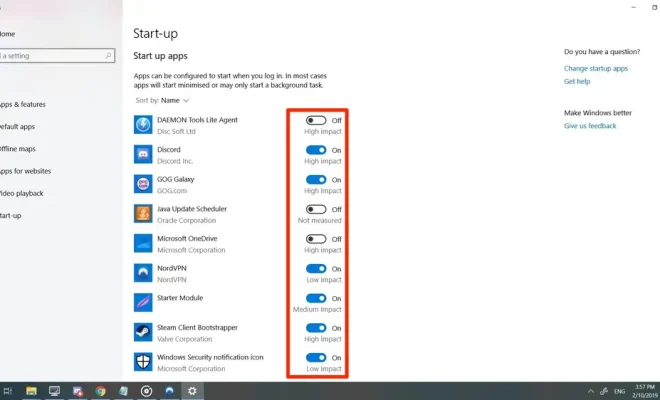LED LCD Backlights: What You Should Know

LED LCD backlights are a type of lighting technology used in modern televisions, computer monitors, and other electronic display devices. This technology is a step up from the traditional LCD backlight, which uses fluorescent tubes to backlight the display panel. There are a few things that you should know about LED LCD backlights and the benefits they offer.
LED Backlight Types
There are two main types of LED backlighting: edge-lit and full-array. Edge-lit backlights place LED lights around the edge of the display panel and use a diffusion layer to spread the light across the screen. Full-array backlights use a grid of LEDs behind the entire display panel to provide more evenly distributed light. Full-array backlights are generally considered superior to edge-lit backlights because they provide better contrast, deeper blacks, and better picture quality, but also tend to be more expensive.
Benefits of LED LCD Backlights
One of the biggest benefits of LED LCD backlights is improved energy efficiency compared to traditional fluorescent backlighting. LEDs use significantly less power, which helps reduce the overall energy consumption of the device. Additionally, LED backlights tend to have a longer lifespan than fluorescent backlights, resulting in less frequent repairs or replacements.
LED backlights also offer a wider color gamut, resulting in more accurate and vibrant colors on the screen. This is particularly important for 4K and HDR displays, where accurate color representation and contrast are critical for a top-notch viewing experience. Additionally, LED backlights have better black levels and contrast than fluorescent backlights, resulting in a more immersive viewing experience with deeper blacks and brighter whites.
Challenges of LED LCD Backlights
While LED backlights provide many benefits, they also present some challenges for manufacturers. One significant challenge is ensuring color accuracy and consistency across the entire display. With traditional fluorescent backlights, the tube’s color is uniform across its length, but with LED backlights, each individual LED can have a slightly different color temperature, resulting in inconsistencies across the display. To overcome this challenge, manufacturers have developed sophisticated calibration algorithms and advanced LED arrays that can adjust the color of individual LEDs to match the desired color temperature.
Another challenge with LED backlights is their potential to cause eyestrain and headaches in some individuals. The blue light emitted by LEDs can disrupt the body’s natural sleep-wake cycle, leading to difficulty sleeping at night. To mitigate this issue, many devices now come with built-in blue light filters and options to adjust the color temperature of the display.
Conclusion
LED LCD backlights provide significant benefits over traditional fluorescent backlighting for electronic display devices, including energy efficiency, improved color accuracy, and deeper black levels. By understanding the benefits and challenges of LED backlights, consumers can make more informed decisions when purchasing a new electronic device.




